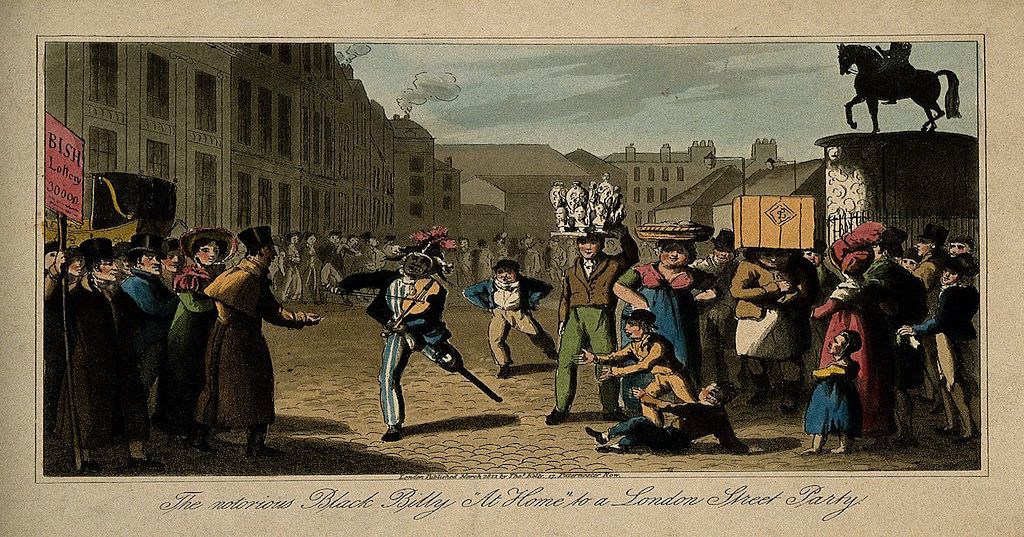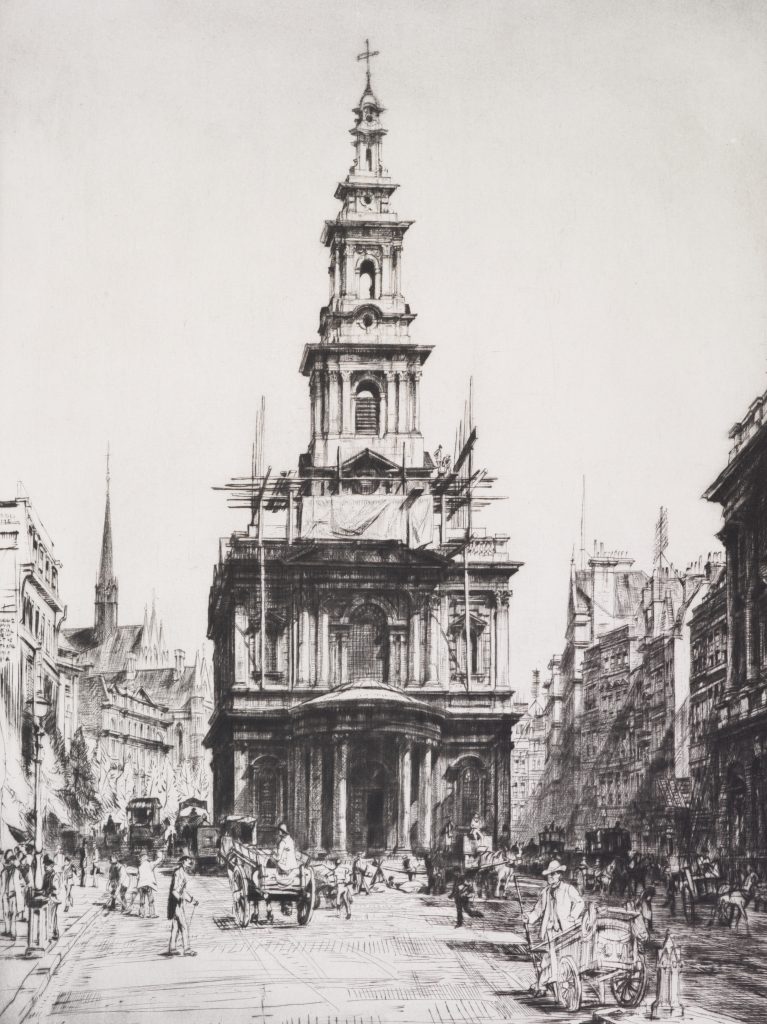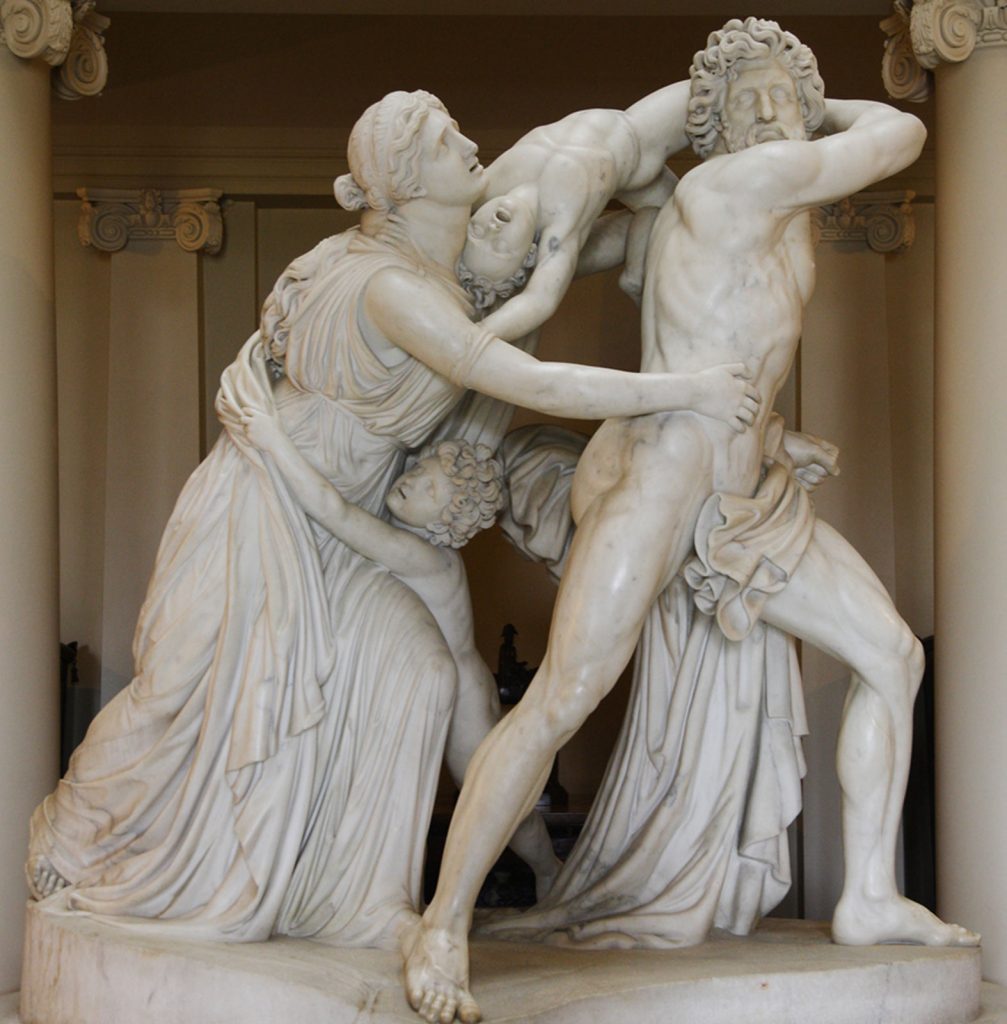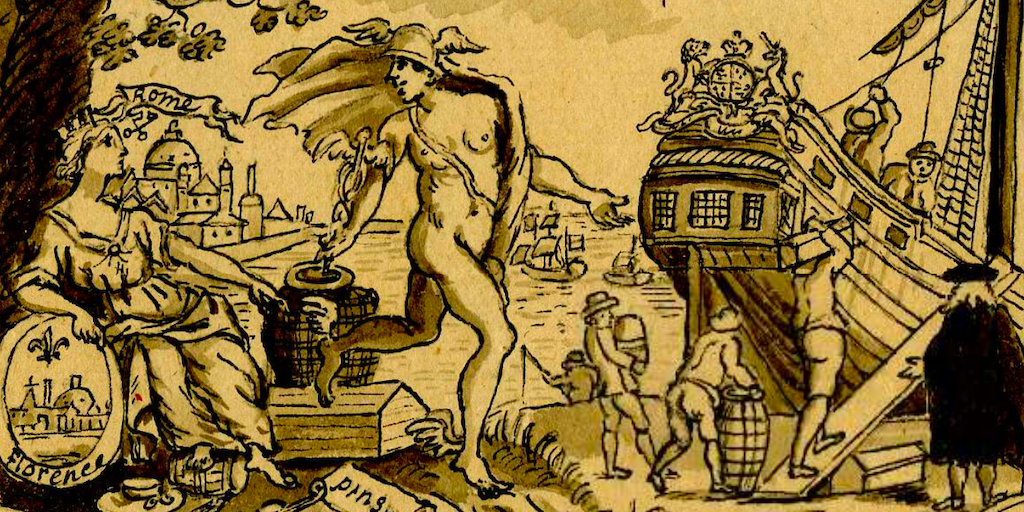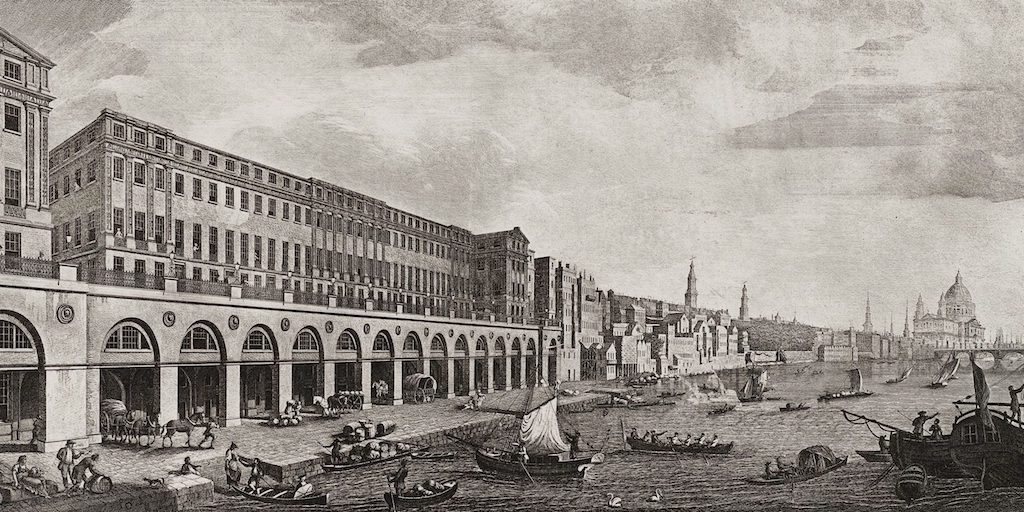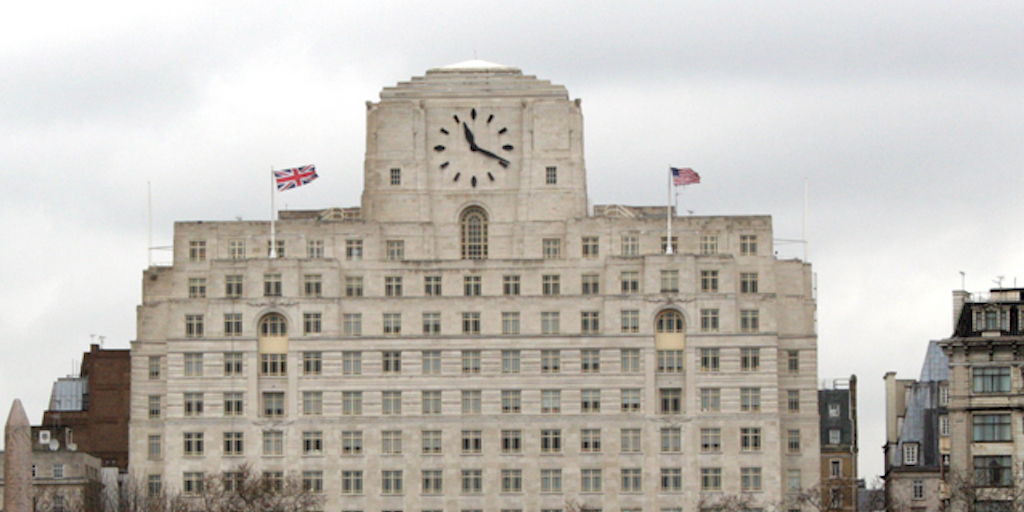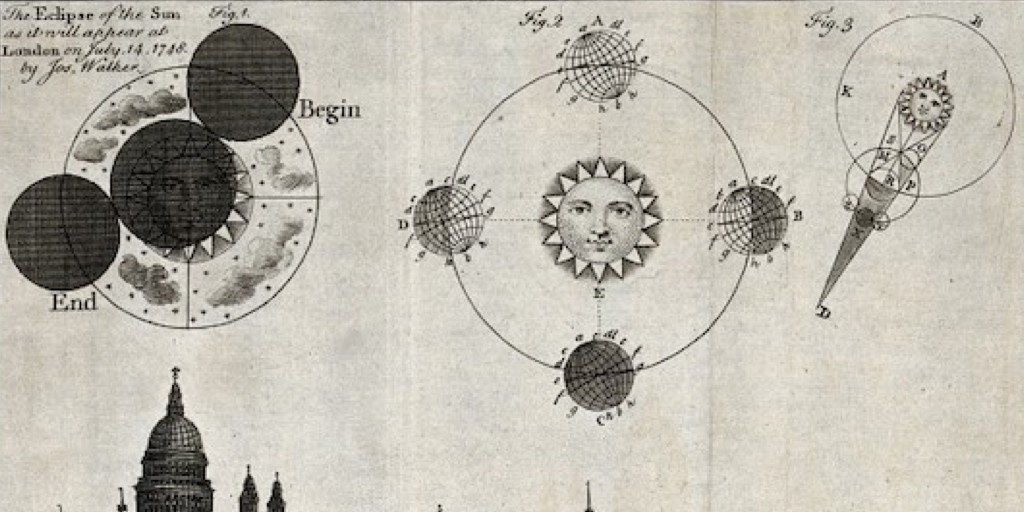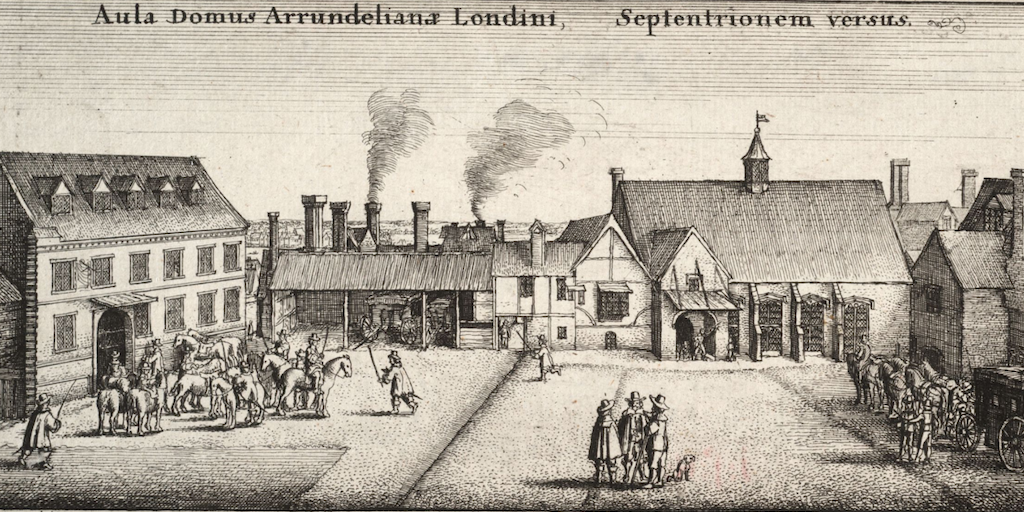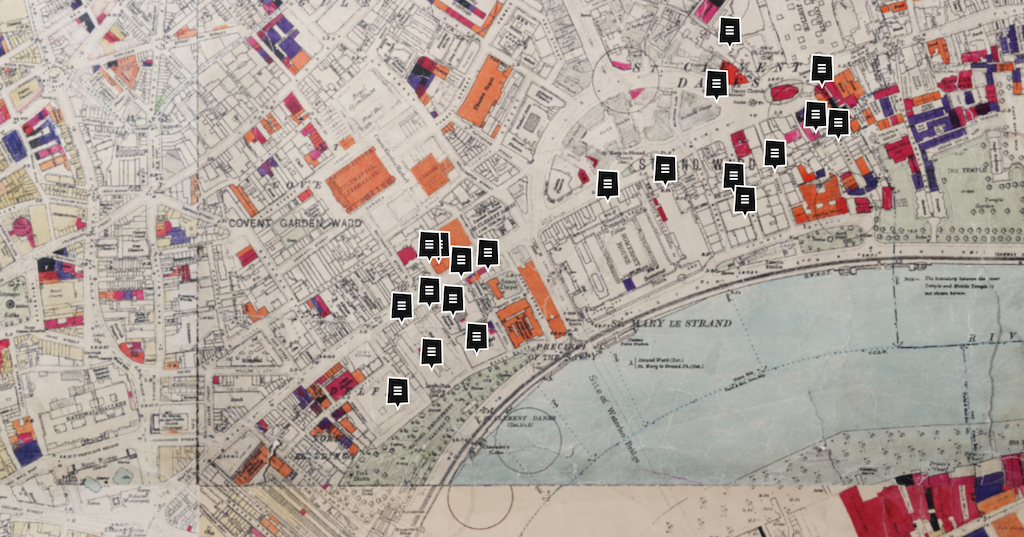18th Century
Billy Waters: The Busker of the West End
Thus poor Black Billy’s made his Will, His Property was small good lack, For till the day death did him kill His house he carried on his back. The Adelphi now may say alas! And to his memory raise a stone: Their gold will be exchanged for brass, Since poor Black Billy’s dead and gone.…
Read MoreThe Island Churches of the Strand
Many King’s students have likely passed the ‘Island Churches’ of the Strand as they make the pilgrimage from Somerset House to the Maughan Library. Likewise, many Strand dwellers may recognise their spires from afar, perhaps unaware of their history. Just a few minutes walk separate St Mary le Strand, located between Bush House and the…
Read MoreSculptor John Flaxman and his wife Nancy move to 420 Strand
In the autumn of 1794, the sculptor John Flaxman and his wife Nancy returned from their seven-year stay in Rome. They lodged, temporarily, with Flaxman’s father in his house at 420 Strand, between Bedford Street and where the Adelphi Theatre would be built a little more than a decade later. His father, who moulded and sold…
Read MoreShops on the Strand: women in business in early modern Westminster, 1600-1740
In October I began work in earnest on a new research project, which will illuminate the lives of women in business on the Strand in the seventeenth and early eighteenth centuries. I am particularly looking forward to uncovering all sorts of material on the myriad shops in this location, whether at street level or in…
Read MoreThe Adelphi and Robert Adam
By the end of the eighteenth century, the Strand had become the theatre of one of London’s most adventurous architectural enterprises: the Adelphi. Four Scottish brothers Robert, John, James, and William Adam endeavored to transform a slum into a fashionable quarter, and in doing so, to promote their dream of social and artistic uniformity, equity,…
Read MorePeople of the Strand: Fortunatus (died 1601)
‘If one could choose a single location in which the encounter with cultural complexity became routine, it would be that unique gathering of peoples along the Thames.’ So says John Cramsie, author of a book about such encounters in the early modern period, though mostly ones away from London (British Travellers and the Encounter with…
Read MoreStargazing from centuries gone by
In the 18th century, the Philosophical Transactions journal (then a relatively new publication) preserved several accounts of astronomical events as observed from the Strand. The Royal Society of London provided James Short, “from the College at Edinburgh”, this platform to publish his observations. In the Philosophical Transactions database Short’s name appears thirty-four times. Of these,…
Read MorePeople of the Strand: Jonathan Sisson (1692 – 1749)
Jonathan Sisson established a scientific instrument making business at the corner of Beaufort Buildings in the Strand, London. The attic rooms included an observatory, the exterior visible in a drawing by the freemason, Thomas Sandby.[1] Sandby was the architect of the first Freemasons’ Hall on Great Queen Street, which was completed in 1766. For many…
Read MoreLost buildings of the Strand
Editor’s note: below you can find teasers of Aisha Brady’s research for her Layers of London collection ‘Lost Buildings of the Strand‘. Aisha researched this collection (and many more!) as a Layers of London and Strandlines collaborative volunteer. We are currently recruiting for more volunteers, apply by 7 February 2019! Find out more here. Lost…
Read MoreCan you volunteer for Strandlines and Layers of London?
If you’re reading this on our website, we hope that you already know that Strandlines collects and shares histories and stories of this most central of London’s streets. Why not browse some of our existing ‘strands’ to see what our contributors have preserved so far? Layers of London is a huge collaborative effort to map…
Read More
